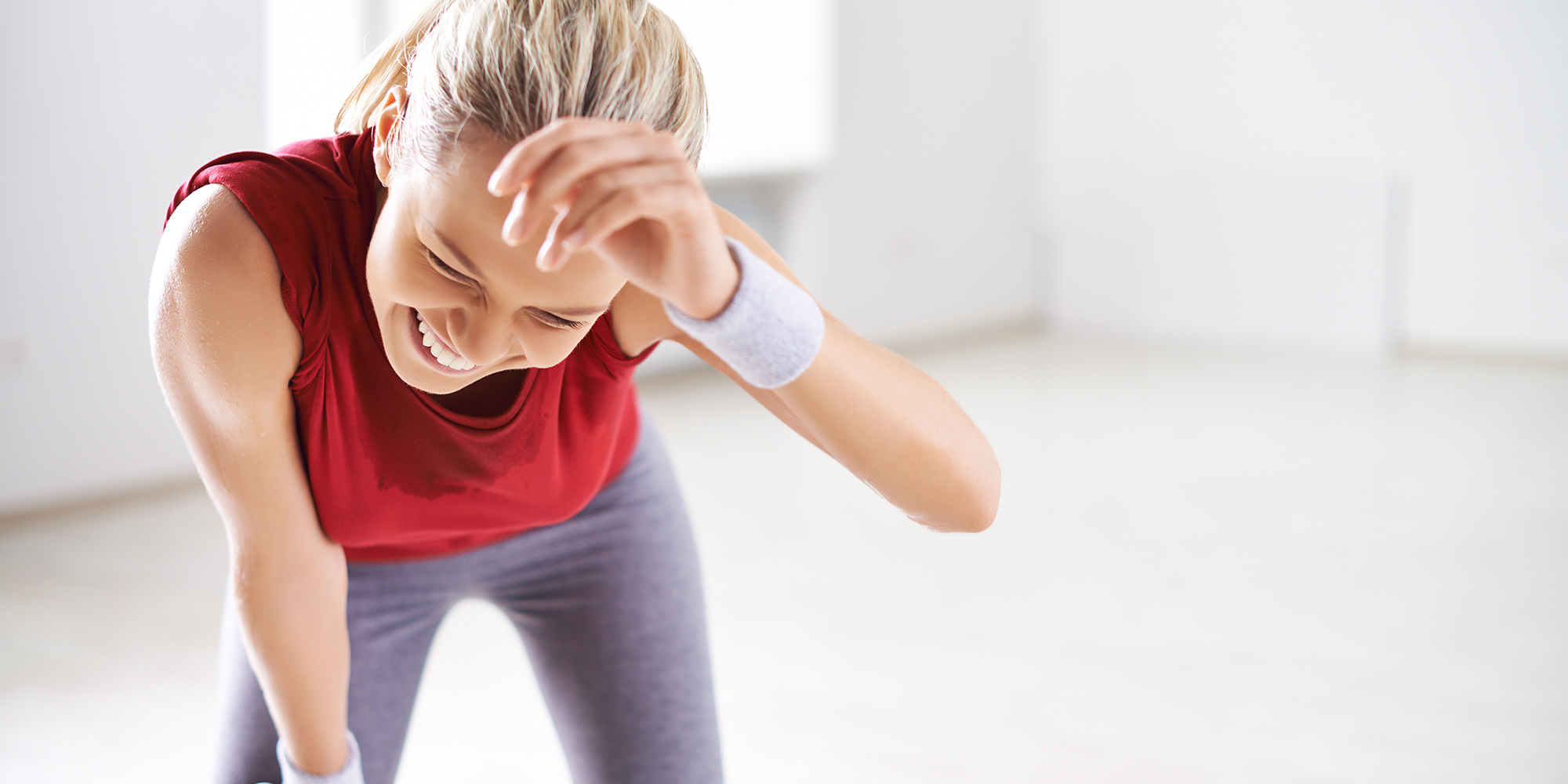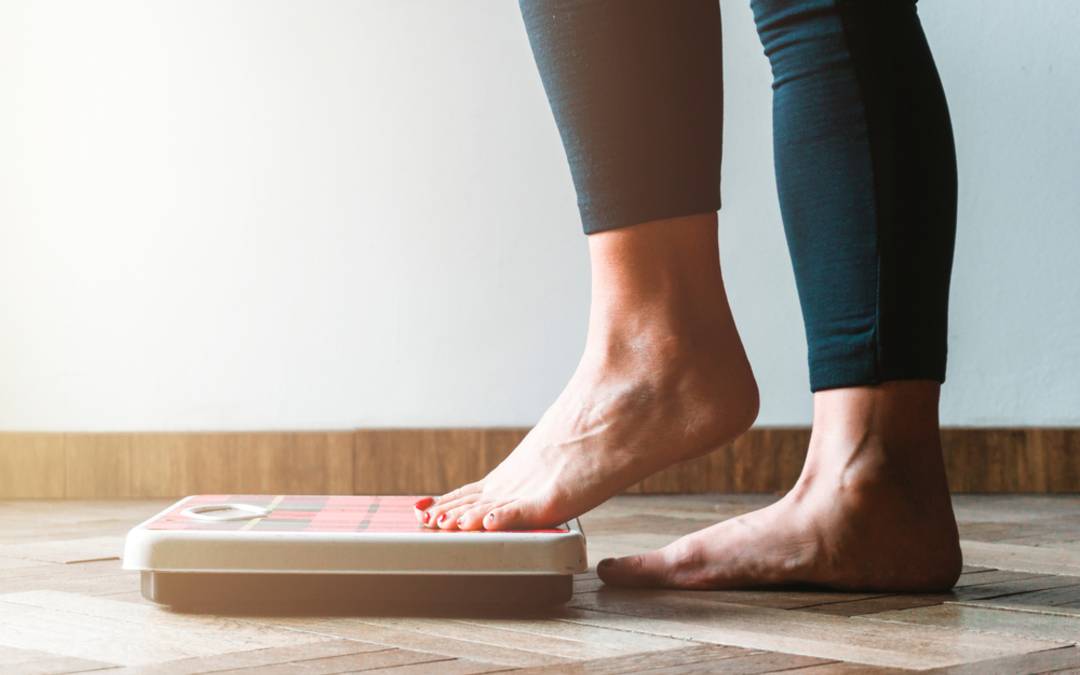
Walking for weight loss is one method to get moving without any exercise. A walk can help you burn calories and get in shape by getting your heart rate up and reducing your stress levels. Walking is great for those who have joint pain or other chronic conditions. Follow a walking program that is based on your fitness level. If you don't have a plan yet, try MyFitnessPal's walking program. Your plan will require you to walk at least 2,000 steps each day for the first day. Your goal is to walk 10,000 steps per day by the third day. This equates to roughly four to five hours each day. If it is difficult to reach this daily goal, you could break your walking plan into 4 sessions.
Uphill and downhill segments are good for calorie burn
Both uphill and downstream segments of walking are good for calorie burning. Walking uphill can increase your heart rate while walking downhill will lower it. Your uphill walking is more efficient because it requires more muscle fibers. Your muscles are more likely to recruit them if they have a higher resistance. Walking uphill also helps to build leg muscles. Larger muscles are more able to burn fat and look better. Be sure to warm up before you start climbing hills.

Light weights can help you burn more calories
Running and walking are both beneficial. Even a 30-minute walk per week can burn up 3,000 calories. These exercises increase metabolism and decrease health risks. Walking is the easiest exercise to start, and it's easier to see how walking can burn more calories that running. It doesn't take much gear to get started. Comfortable walking shoes are all you need.
Stretching after a long walk can reduce chafing and discomfort in problem areas
Warm-ups and cool-downs are good ways to stretch out after a walk. Warm-up stretching improves your ability to walk and reduces muscle soreness. Don Lein from the University of Alabama Spain Rehabilitation Center (Birmingham) offers some tips for warming up. Warm up your muscles by moving in place, or gently swinging your arms. You can hold this position for 10 to 20 seconds. While performing the stretch, you might also need to balance on a stable object.
Good form cues are a great way to enhance your walk
There are many things you can do to improve your walking form and lose weight. Proper posture will keep your shoulders square, your back straight, and your glutes engaged with every step. You should also land on your heels, roll forward and push your toes to the side. A purposeful arm motion can make walking more powerful than you might think. It can also help to burn more calories by burning up to 10% more calories. People who add an elbow motion to their walk often get a faster pace.

SMART goals examples for weight loss
List down as many areas that you are able to think of in order to establish SMART goals. Start with one or two of these areas. You don't want to make too many changes at one time. Make your goals specific. After achieving one or two of these goals, pick another area to improve. By doing this, you can work on your goals long after you achieve your initial one. To help you set SMART goals for walking for weight loss, here are some examples:
FAQ
Is there any difference between intermittent fasting and calorie restriction?
Calorie restriction is a way to eat less than your body needs. Intermittent Fasting is different in that it doesn't restrict calories. Intermittent fasting focuses more on eating fewer calories every day.
Intermittent fasting is more effective because it allows you to enjoy foods you love without feeling guilty.
Both methods have their merits and weaknesses. It is up to you to decide which method you prefer.
Can I eat the fruits of my intermittent fasting diet?
You can't go wrong with fruits. They contain vitamins, minerals, fiber and antioxidants. However, they do contain sugar which can cause blood glucose levels spike. This can lead insulin resistance and weight increase. If you are looking to lose weight through an IF diet you need to choose low glycemic-index fruits such as oranges, pears, berries and melons.
How long do I need to fast for weight loss?
It is not as easy as you think. There are many factors that need to be taken into consideration when deciding how many days of fasting is necessary for optimal fat loss. These are:
-
Your age. If you are younger than 40, intermittent fasting might be too difficult because you have less time for recovery after each fast. On the other hand, if you're older (over 60), you may find that you don't have enough energy to sustain an extended period of daily fasting.
-
Your current body composition. You'll be most successful if you have lots of muscle mass. Shorter fasting might be more appropriate for you if you have less muscle mass.
-
How physically active. Regular exercise may mean that your fasting window needs to be extended to allow you to get sufficient rest between sessions.
-
Your past health history. Additional fasting monitoring may be required for certain medical conditions such as diabetes or heart disease.
-
What is your tolerance for stress? Stress can cause us to eat more. To avoid this, you might want to increase the lengths of your fasting window.
-
It is the type of diet you are following. Certain diets, like ketogenic diets, may require even longer fasting periods.
-
How much sleep you get. Also, a lack of sleep has been linked with increased appetites and decreased metabolism. It may take some trial and error before you find the right combination.
-
How much protein you eat. Consuming more protein helps to stabilize blood sugar levels. This could lead to lower insulin levels. This will allow you to fast longer.
-
People who want to gain weight or lose it will need to fast for longer periods of time than those trying to lose.
-
What proportion of calories do your fasting hours allow you to consume? Fasting fewer calories per day may result in greater fat loss than fasting for more calories per day.
-
Your overall fitness level. Fasters who are very fit tend to have higher metabolic rates, which allows them to burn more calories throughout the day.
-
Your gender. Men typically have larger appetites than women, so they may need to fast for slightly longer periods of time. Women may only fast for 20-30 mins each morning because they have a smaller appetite.
-
Your lifestyle. Are you someone who gets plenty of physical activity? Do you workout several times each week? Do you work at a desk all day? These factors could affect how much you should fast.
-
How much do you spend per month on food? Healthy eating doesn't mean you have to spend a lot on groceries. You can save money by buying whole grains instead of white bread, fruits instead of candy bars, and lean meats instead of fatty cuts.
-
How important it can be to control your appetite. You don't have to skip meals if you don’t want to.
How does intermittent fasting impact my sleep?
Yes, intermittent fasting does affect your sleep. Your hunger hormones can rise if you skip meals. You might find yourself awakened at night due to your hunger hormones.
Experts suggest skipping breakfast. Instead, they suggest having a light snack before bedtime.
You can still eat a small meal if you feel hungry after the snack.
Be careful not to overeat. You'll gain weight, not lose it.
How to create an exercise program?
First, create a routine. You need to know what you will do each day and how long you will spend doing it. This helps to plan ahead and avoid procrastination.
A second important thing to do is ensure you have lots of variety when it comes to your exercise routine. Avoid becoming bored with exercise. If you do, it will be difficult to keep going.
Keep track of your progress. It's crucial to track your weight changes over time.
If you start off by losing weight, it's easy to lose motivation if you don't gain any additional weight. On the other hand, if you gain too much weight, it becomes harder to stay motivated.
You should find a balance between weight gain and weight loss. If you're not happy with where you are, then you'll be less likely to continue exercising.
Statistics
- A 12-week study in 20 women with obesity found that walking for 50–70 minutes 3 times per week reduced body fat and waist circumference by an average of 1.5% and 1.1 inches (2.8 cm), respectively (healthline.com)
- Another study found that 24 weeks of weight training led to a 9% increase in metabolic rate among men, which equated to burning approximately 140 more calories per day. (healthline.com)
- According to Harvard Health, it's estimated that a 155-pound (70-kg) person burns around 167 calories per 30 minutes of walking at a moderate pace of 4 mph (6.4 km/h) (5). (healthline.com)
- According to Harvard Health, it's estimated that a 155-pound (70-kg) person burns roughly 112 calories per 30 minutes of weight training (5). (healthline.com)
External Links
How To
9 ways to naturally lose weight
Weight loss is a common problem faced by many people around the world. If you are always trying to lose weight, it's difficult to maintain healthy living. There are many ways to lose weight like dieting, exercising, etc., but these methods do not work permanently.
Today I will share natural ways to lose your weight with no side effects. Let's start!
-
Lemon Water Lemon water flushes toxins from your system. This drink can detoxify your body, and it will keep you energized all day. This drink can help you lose weight.
-
Get more vegetables. Vegetables are full of fiber, vitamins, nutrients, antioxidants and other nutrients that are crucial for our health. They provide us with a feeling that we are full. Eating vegetables can help you lose weight.
-
Increase Protein Intake. Protein is an important nutrient that plays an important role in building muscles. A high-protein diet will help you gain lean muscle mass and reduce your weight.
-
Green Tea: Green tea is rich in caffeine which can reduce appetite and increase metabolism. Research has shown that caffeine can increase thermogenesis, or the process by which heat is created. Thermogenesis is what makes coffee drinkers more likely to consume less fat than non-coffee drinking counterparts.
-
Cold showers are a good option. Cold showers can help you lose more calories. Research shows that cold showers have up to 50% less calories than warm showers.
-
Avoid Alcohol. Alcohol is a stimulant that can lead to weight gain. You will easily gain weight if you drink alcohol often.
-
Cardio Exercise Daily. Cardiovascular exercise has been proven to reduce weight. It improves blood circulation, boosts energy levels, and keeps you fit. You can walk, run, swim, cycle, swim, ski, bike, hike, dance, row, or just do some of the other activities.
-
Don't Skip Meals. Eat small meals throughout each day to manage your hunger pangs. Skipping meals causes fatigue and lack of concentration, so it's better to avoid skipping meals.
-
Reduce Sugar Consumption. Sugar can make you feel irritable and addictive. Sugar can temporarily give you energy but you feel tired and sluggish after you stop eating it.